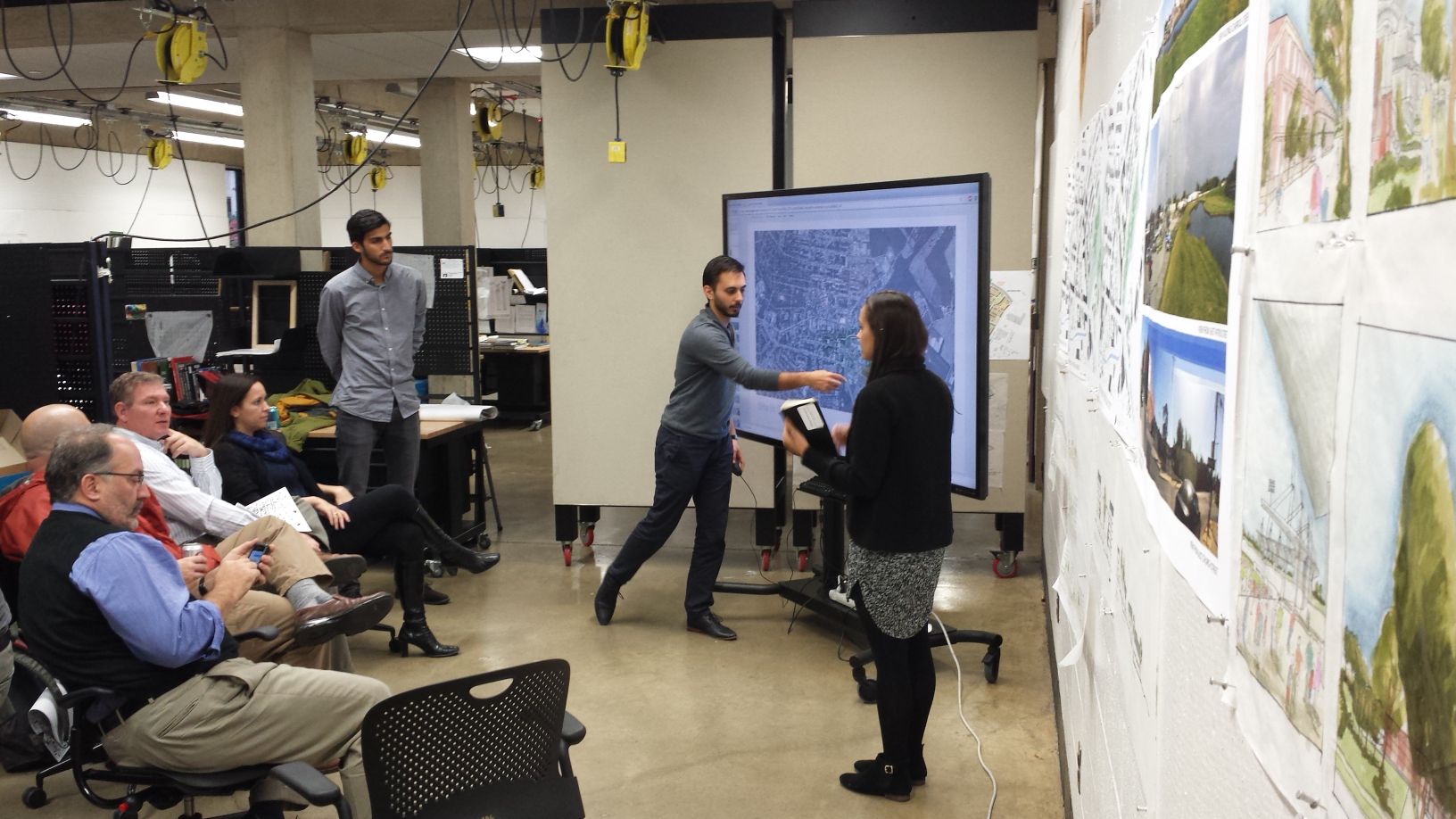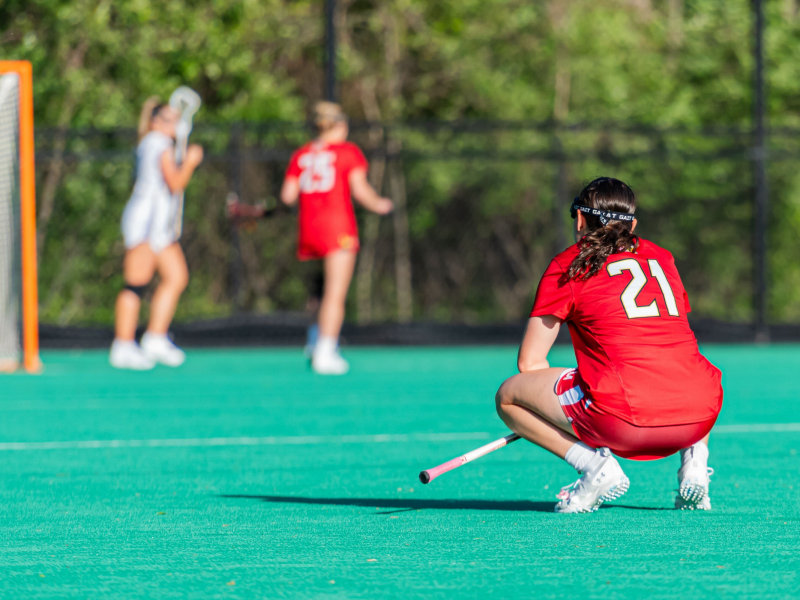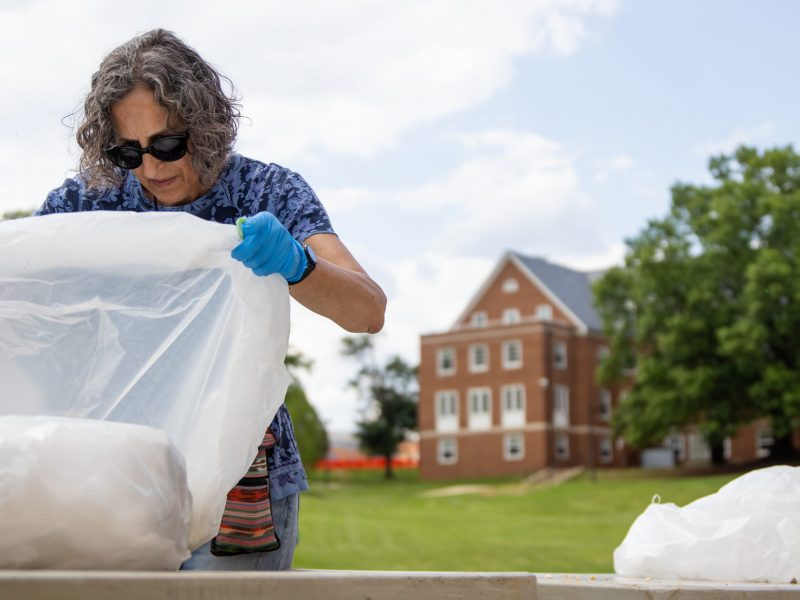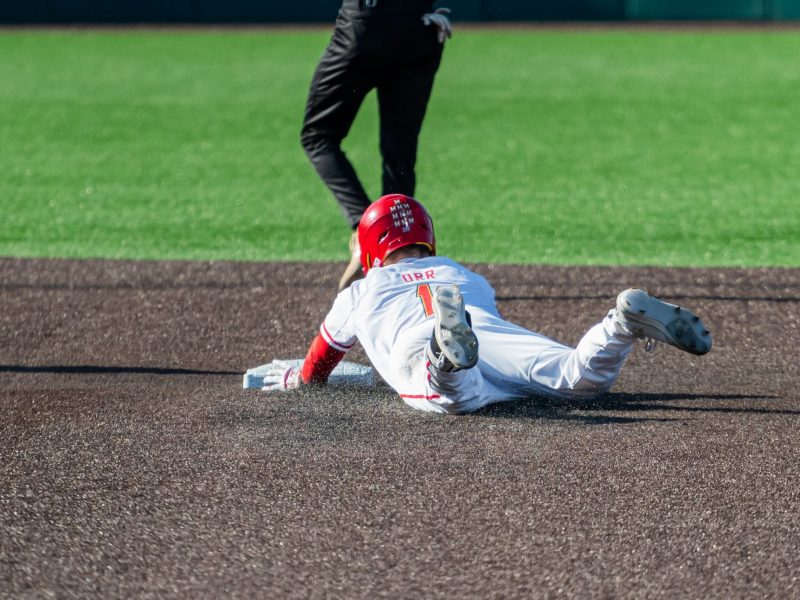
Maryland architecture students present their projects to city officials of College Park.
After a successful pilot year working with the cities of Frederick and College Park, the University of Maryland’s Partnership for Action Learning in Sustainability program will collaborate with Howard County this semester.
The PALS program, administered by the university’s National Center for Smart Growth Research and Education, consists of multidisciplinary courses — conservation biology, economics of history preservation and environmental journalism among them — that aim to help communities in the state solve sustainability issues.
“The idea is that the university wants to be relevant and helpful to places in Maryland,” said Uri Avin, PALS director. “The way PALS does that is it focuses a tremendous amount of student effort and brainpower in one place in the hopes that it can be transformative.”
The expertise of students and faculty can prove especially valuable to communities without the resources to tackle their sustainability issues, Avin said.
Government and politics professor James Gimpel, for instance, will head a geographical research course centered on Howard County, teaching students to use software for social science and public policy purposes.
The county asked the government and politics department to identify early-warning indicators of neighborhood decline, hot spots for police and emergency services and appropriate sites for benches along a new path, Gimpel said.
“Sustainability is mostly about the appropriate management of public resources, achieving the right balance between conservation and consumption of public resources through planning and public policy,” Gimpel said. “Striking the right balance is inevitably a political problem, involving political parties, interest groups, legislators, executive leadership and voters.”
During last year’s pilot program, students looked at the effects of invasive species and climate change on the Frederick watershed and surrounding forests and predicted what the city could expect over the next 40 to 50 years, said Kiel Edson, a conservation biology and environmental public policy graduate student who participated in the program.
“It’s a really good opportunity to get out of the classroom and apply all the knowledge that you’ve been doing in the university to real problems in communities throughout Maryland,” Edson said.
Danielle Olander, an architecture graduate student enrolled in a course that focuses on urban design in Ellicott City, said PALS gives state communities the opportunity to grow and form connections with this university.
“Design opportunities will be analyzed in a different way … because we all think differently, we all interpret these design opportunities differently,” Olander said. “I hope that the students and faculty will be able to assist Ellicott City in revitalizing their historical district.”
After working with Howard County, PALS officials hope to partner with Anne Arundel County and Annapolis next fall, Avin said.
“We hope that PALS becomes a permanent and featured program at UMD that serves to attract students to College Park and represents an enduring part of their educational experience here,” said Gerrit Knaap, the executive director of the smart growth center.



